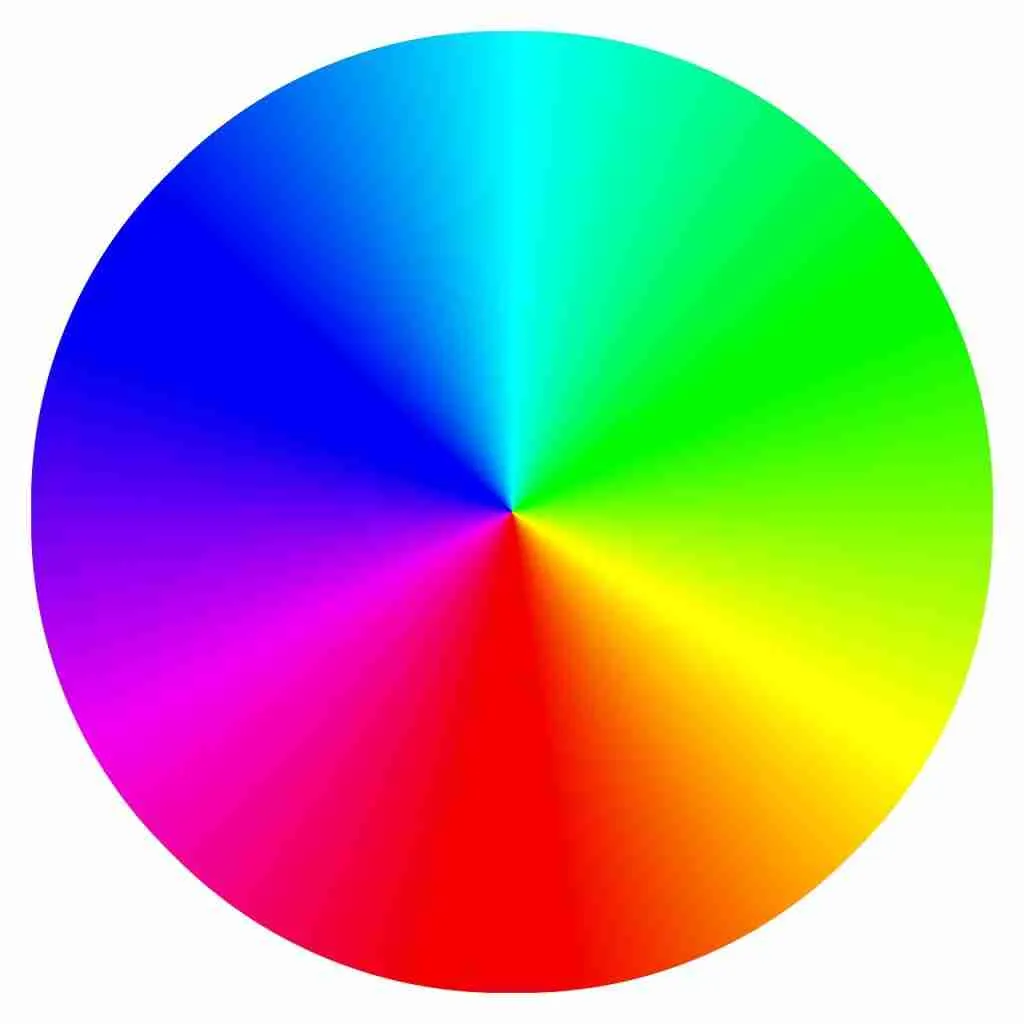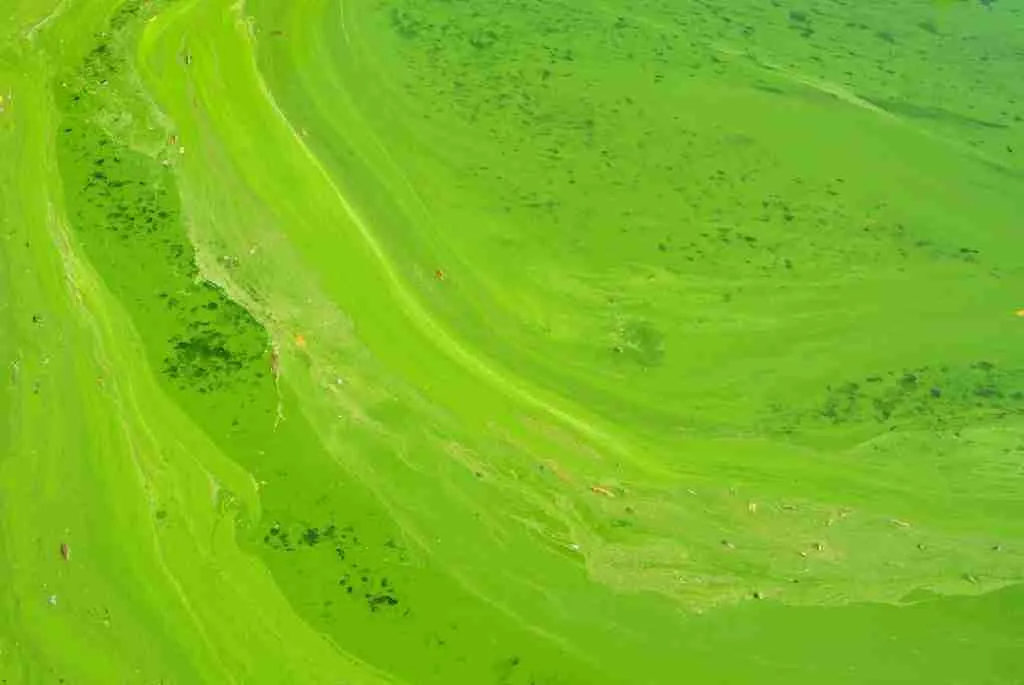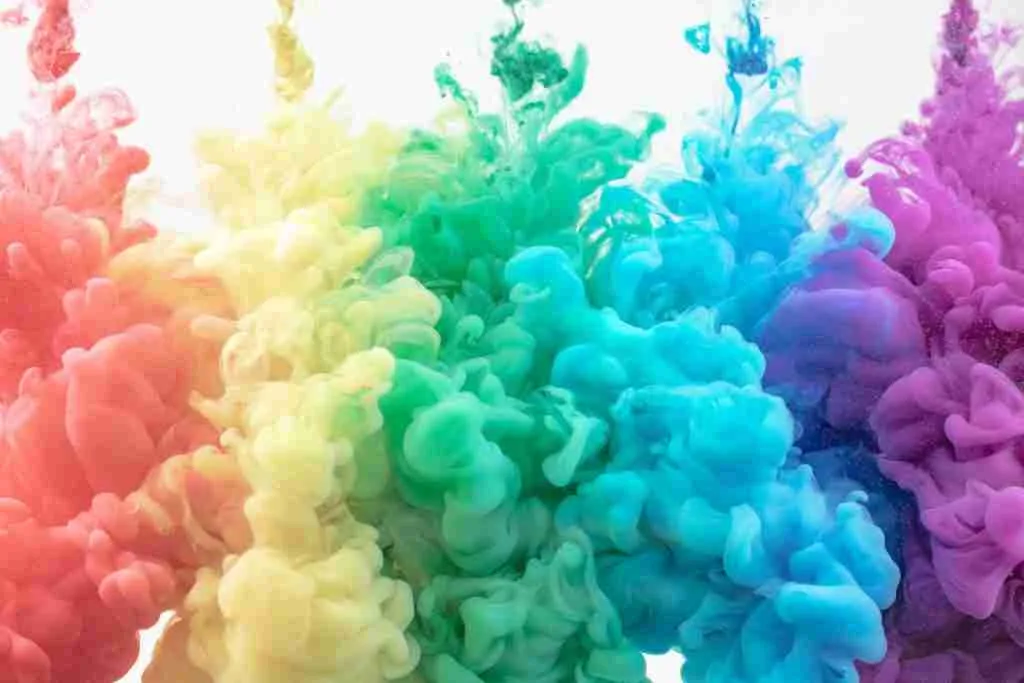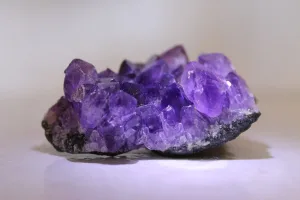20 Fun Facts About Colors | The World in Colors
-
Octarine: Fictional “color of magic” in Discworld series
-
Yellow: First color babies respond to
-
Pink light: Suppresses melatonin
-
1861: First color photograph taken
-
Orange: Named after the fruit
-
Ultraviolet/infrared: Invisible to humans
-
Color constancy: Brain perceives colors consistently in different lighting
-
Black/white: Achromatic colors without specific wavelengths
-
Artist Yves Klein invented his own blue shade.
-
Mosquitoes are attracted to dark colors, especially blue.
-
Chromophobia is the fear of colors.
-
Human eyes can distinguish 500 shades of gray.
-
The Crayola crayon color “Dandelion” was retired in 2017.
-
Golden Gate Bridge’s orange color improves visibility.
-
First color movie (1908) showed a seaside visit.
Table of Contents
1. Blue is the most common favorite color.
Blue’s popularity as a favorite color spans various cultures and age groups.
This preference is often attributed to its association with the sky and water, evoking a sense of calm and stability. Different shades of blue, from the tranquility of cerulean to the professionalism of navy, carry distinct connotations.
2. Red can increase your heart rate.
Red is known for its intensity and ability to evoke strong emotions.
Often associated with energy, passion, and danger, red has a physiological effect of increasing heart rate and alertness. This makes it an effective color in contexts that require immediate attention, like stop signs and emergency vehicles.
3. Purple was once a royal color.
Purple’s association with royalty and luxury dates back to ancient times when purple dye was extremely rare and expensive.
The difficulty in producing this dye made it exclusive to the wealthy and powerful, and this historical significance continues to influence the color’s perception as luxurious and sophisticated.
4. Animals often see colors differently.
READ ALSO: 25 Fun Facts About Roblox: Redefining Online Gaming
The color vision of animals varies widely, with some species seeing a more limited color range and others perceiving colors beyond human capabilities.
These differences are adaptations to their environments and play a key role in behaviors such as hunting and mating.
5. Chromotherapy uses colors for healing.
Chromotherapy, an alternative healing method, employs colors to adjust body vibrations to frequencies that promote health and harmony.
Different colors are thought to have various healing properties, from blue’s calming effect to red’s energizing influence.
6. Gold indicates prosperity and wealth.
The color gold is synonymous with wealth, prosperity, and success.
Its shimmering quality evokes a sense of luxury and prestige, making it a popular choice in branding and design for high-end products and services.
7. Different cultures have unique color symbolisms.
Colors carry different meanings across various cultures.
For example, while red often symbolizes luck and happiness in Chinese culture, it can represent danger or warning in Western cultures. These cultural differences highlight the diverse ways in which colors are interpreted and used worldwide.
8. The rarest natural hair color is red.

READ ALSO: 27 Fun Facts About Music: Discovering Musical Wonders
With its unique and striking appearance, red hair is the rarest natural color.
This rarity is due to a specific genetic mutation that affects melanin production, the pigment responsible for hair color.
9. Some languages have fewer color terms.
Linguistic studies have found that some languages categorize colors differently, with fewer distinct terms.
This variation in color terminology demonstrates how different cultures perceive and describe their visual experiences.
10. Dark colors absorb more heat.
Darker colors, mainly black, absorb more light and heat than lighter shades.
This principle is why dark-colored clothing feels warmer in sunlight and is also used in energy-efficient designs to absorb solar heat.
11. The first synthetic dye was purple.
The creation of the first synthetic dye, a purple color known as mauveine, marked a significant milestone in the history of chemistry and fashion.
Discovered accidentally by William Perkin in 1856, it paved the way for a wide range of synthetic dyes.
12. The modern color wheel, as developed by Sir Isaac Newton, was popularized in the 17th century.

READ ALSO: 25 Fun Facts About The Color Red/ Red Alert
Sir Isaac Newton introduced the color wheel in 1666, revolutionizing how we understand color relationships.
By arranging colors in a circular format, he showed the natural progression of hues and created a tool still used in art and design to harmonize colors.
13. The human eye can see about 10 million colors.
The human eye’s ability to perceive a wide range of colors is a remarkable feature of our vision.
This capacity to distinguish approximately 10 million colors allows us to appreciate the rich and diverse palette of the world around us.
14. Color therapy is used in marketing.
In marketing, colors are strategically used to influence consumer behavior and perceptions.
Different colors evoke different emotions and reactions, from the trust inspired by blue to the energy and urgency conveyed by red, making color choice a crucial element in branding and advertising.
15. Silver reflects innovation and modernity.
Silver’s cool and sleek appearance is often associated with modernity, technology, and innovation.
This color conveys a sense of sophistication and futuristic appeal, making it a popular choice in the tech industry and contemporary design.
16. Ancient Greeks didn’t have a word for blue.
In ancient Greek texts, the absence of a specific word for ‘blue’ suggests a different perception of color in antiquity.
The sky and sea were often described using colors like bronze or dark wine, highlighting how language shapes our understanding of color.
17. Neon colors were popularized in the 1980s.
Neon colors, known for their bright and fluorescent qualities, gained significant popularity in the 1980s.
These vivid colors were emblematic of the era’s bold and expressive fashion and pop culture, and they continue to be used today to create eye-catching and lively designs.
18. Color blindness affects more men than women.
Color blindness, a condition where individuals have difficulty distinguishing specific colors, predominantly affects men.
This is due to the genetic factors associated with the X chromosome, where the color-vision genes are located.
19. Colors can influence taste perceptions.
The appearance of food can significantly alter our perception of its taste.
For example, colorings in sweets can influence how sweet or flavorful they are perceived, demonstrating the vital interplay between sight and taste.
20. The most visible color is lime green.

READ ALSO: 27 Fun Facts About Music: Discovering Musical Wonders
Lime green is one of the most visible and recognizable colors to the human eye.
This makes it a popular choice for safety gear and signage, where maximum visibility is crucial.
FAQs: Frequently Asked Questions
The human eye can distinguish approximately 10 million different colors.
Colors can influence mood, appetite, and even purchasing decisions in marketing.
The color orange was named after the fruit, not vice versa.
Digital colors are typically represented by RGB values, where each number indicates the intensity of red, green, and blue.
Many animals see colors differently than humans. For example, dogs are dichromatic (seeing primarily yellow and blue), while some birds and insects can see ultraviolet light invisible to humans.





